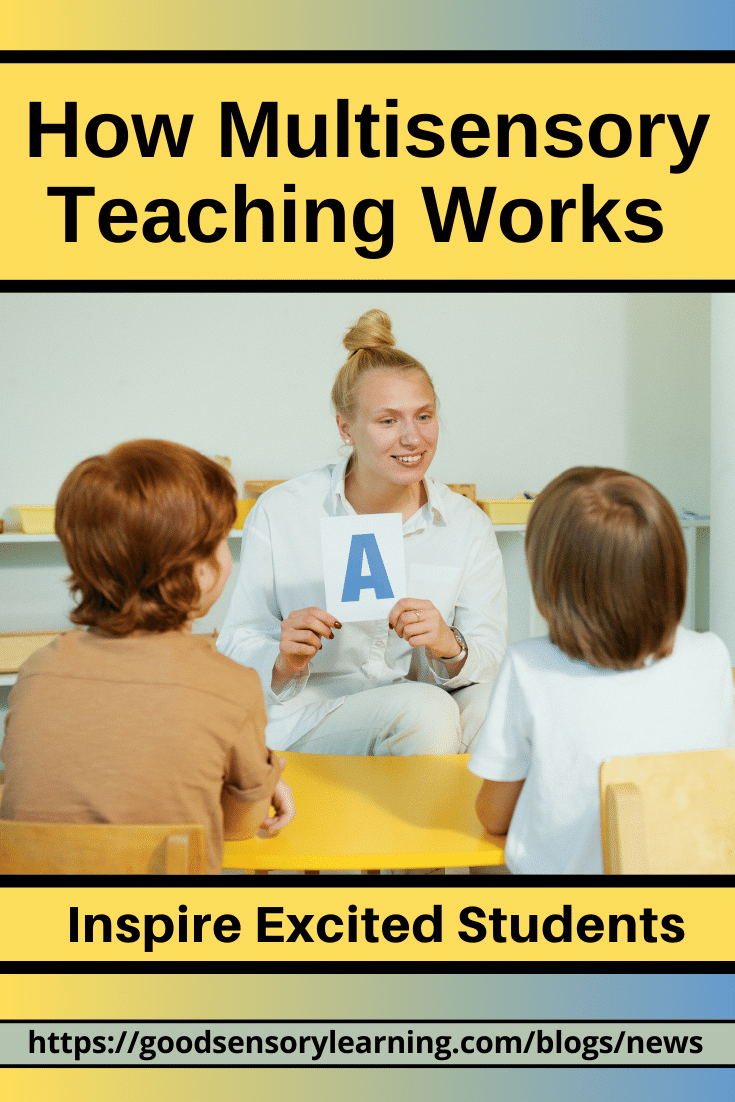
When experiences tap into all our senses as well as a variety of ways that we can process and organize information, not only does it grab our attention, but it becomes extremely memorable. The term multisensory teaching has been around for some time, but the concept has matured and grown over time.

The term multisensory means that one is using more than one sense to perceive the world around them. When applied to learning, this means that learners use multiple senses such as sight, hearing, and touch to learn academic content.

A multisensory approach to learning, multisensory teaching, or multisensory instruction, is a way of teaching that engages students by implementing lessons that activate more than one sense at a time. This has been a successful method used in popular Orton Gillingham reading programs for many years as well as many popular math methods such as Touch Math, but is there more?
Yes we can! Sensory ways of teaching engage greater numbers of students when compared to traditional teaching method, but in my practice and materials, I like to take it to new heights by integrating kinesthetics or movement, verbalizations, organizational approaches as well as other ways to process as outlined with the Student Processing Inventory. What's more, I find that implementing reading games, math games, and playful instruction motivates and excites my students too.